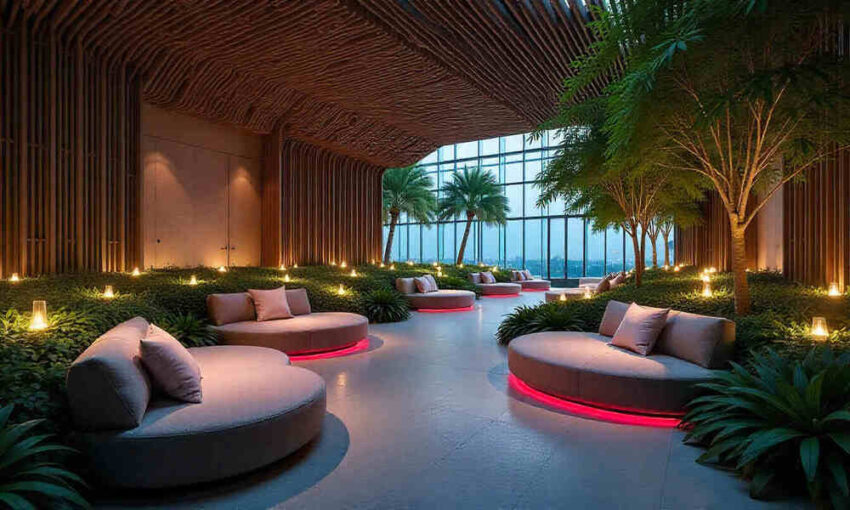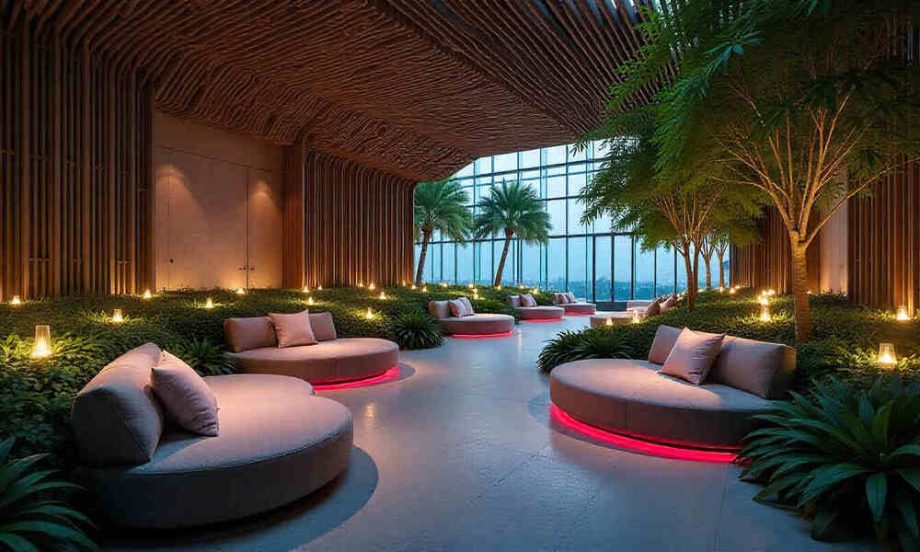Published on
October 18, 2025

Changi Airport in Singapore has taken a significant step forward in enhancing travel accessibility with the introduction of its Calm Room, a dedicated space designed to support neurodivergent passengers. This groundbreaking initiative aims to provide a sensory-friendly environment that helps travelers manage sensory overload and emotional stress, ensuring a more comfortable and inclusive experience for those with invisible disabilities. Located in the heart of Terminal 2, the Calm Room reflects Changi’s commitment to making air travel more accessible, offering a peaceful retreat where travelers can recharge before continuing their journey. By creating this sanctuary, Singapore is setting a new global standard for inclusive travel and demonstrating how airports can better cater to the needs of all passengers.
Changi Airport has introduced its first sensory-friendly space, the Calm Room, designed to provide a safe, comforting environment for neurodivergent travelers and their caregivers. This 200-square-meter facility offers a sanctuary for passengers dealing with sensory overload or emotional stress, making it easier for them to manage the challenges of travel.
Located in the departure transit area of Terminal 2, the Calm Room is a key feature of Changi Airport’s CARE@Changi program, which aims to enhance accessibility and inclusivity for all travelers. The program reflects the airport’s commitment to ensuring that every passenger, regardless of their abilities or needs, can enjoy a stress-free and comfortable journey.
The design of the Calm Room was developed through extensive collaboration with organizations that support neurodivergent individuals, such as the Asian Women’s Welfare Association (AWWA) and the Metta Welfare Association (MWA). These partnerships played a critical role in shaping the facility to meet the specific needs of neurodivergent people. In addition, feedback was gathered from families of individuals with invisible disabilities, ensuring the room’s design provides a welcoming and supportive atmosphere.







